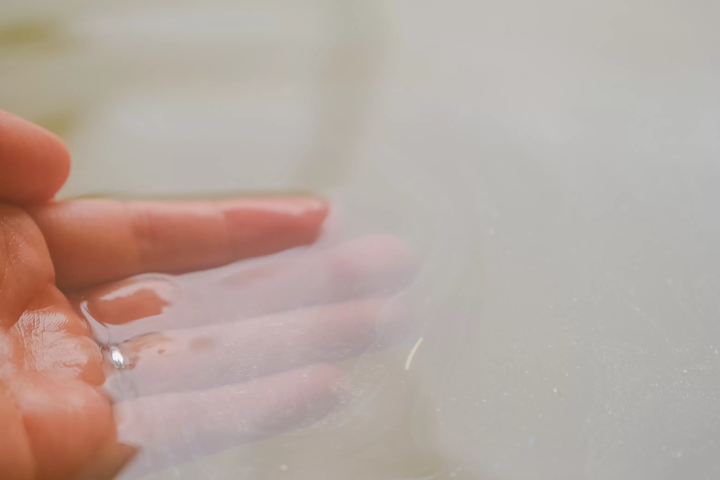Himeno Mochi, the finest type of glutinous rice grown in the beautiful village of Shinjo Village

Hime no Mochi, which brings out the sweetness of the rice itself, is characterized by its fine texture and strong stickiness, and comes in a variety of varieties such as round mochi, bean mochi, and daifuku.
Himenomochi is the finest glutinous rice variety grown in a rich natural environment.

Shinjo Village , located in the northwestern tip of Okayama Prefecture , is surrounded by mountains over 1,000 meters high and blessed with clean air and clear streams springing from primeval beech forests, making it a village rich in nature. One of the things this village is proud of is the rice used for mochi, "Hime-no-mochi," which is grown by the entire village.

In 1980, when a cool summer and prolonged rainy Showa hit the non-glutinous rice harvest hard, Himeno Mochi suffered almost no damage, and as it is suited to the local climate, the number of farmers cultivating it increased. The entire village worked to brand Himeno Mochi, and in September 2015, the Shinjo Village Ordinance for Promoting the Popularization of Himeno Mochi was enacted.
It brings out the sweetness of the rice itself and is characterized by its fine texture and strong stickiness.

The large temperature difference between day and night, the refreshing water flowing from the virgin beech forest of Mori Mount Kenashigasen, which has been certified as one of Japan's 100 Best Water Source Forests, and the fertile soil enriched with organic compost. Shinjo Village is well-suited for growing rice for rice cakes, and farmers there painstakingly cultivate the finest rice variety, Himeno Mochi. Himeno Mochi, made with 100% Himeno Mochi rice, is a proud product that stands out for its whiteness, fine texture, stickiness, and sweetness.

Hime no Mochi is made without any additives and Toyotomi of flavors, including chewy white mochi, mame mochi made with black soybeans, shabu shabu mochi perfect for hot pot dishes, and sweet treats such as Hime no Miebari Daifuku and mame daifuku.
Hime no Mochi is a fluffy rice cake that can be used to make steamed rice balls, ohagi, and dumplings.

Himenomochi rice is grown in Shinjo Village, as well as in Maniwa City, Tsuyama City, and other areas in the northern part of the prefecture. When this rice is made into mochi, its whiteness stands out even more, and it has a sticky, chewy texture, yet is very smooth. It is relatively light compared to other rice varieties, so it has a reputation for being something you can eat as much as you want.

You can enjoy the chewy texture of steamed rice, or even simply add your favorite ingredients to Hime no Mochi to make takikomi gohan (rice cooked with rice) in a rice cooker. Ohagi and dango (rice dumplings) are also recommended, taking advantage of the perfect stickiness and chewiness.
Okayama Prefecture is located in the Center of Western Japan and is known as the "Land of Sunshine" due to its warm climate and little rain throughout the year. It's conveniently located halfway between famous tourist destinations like Kyoto, Osaka, and Hiroshima! It's also the gateway to Shikoku via the Seto. Okayama is also known as the "Fruit Okayama," and the fruits that are sun-drenched in the warm climate of the Setouchi are of the highest quality in terms of sweetness, aroma, and flavor. You can enjoy seasonal fruits such as white peaches, Muscat grapes, and Pione grapes! Okayama is also home to world-class tourist spots, including Okayama Castle, Okayama Korakuen Garden, one of Japan's three most famous gardens, and Kurashiki Bikan Historical Quarter, which boasts history, culture, and art!
The contents on this page may partially contain automatic translation.





























![[Wakayama Guide] Ume and Umeshu (Plum and Plum Wine)](https://resources.matcha-jp.com/resize/720x2000/2025/12/08-252248.webp)
![[2025 Update] From Kansai Airport to Namba - Recommended for travelers with large luggage! Travel comfortably by bus](https://resources.matcha-jp.com/resize/720x2000/2025/10/25-248088.webp)